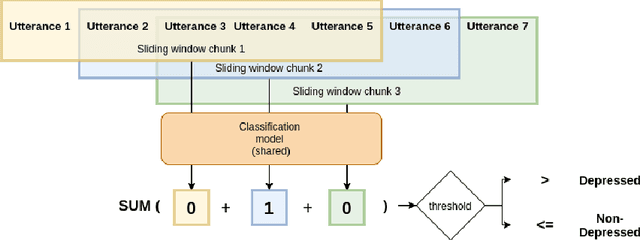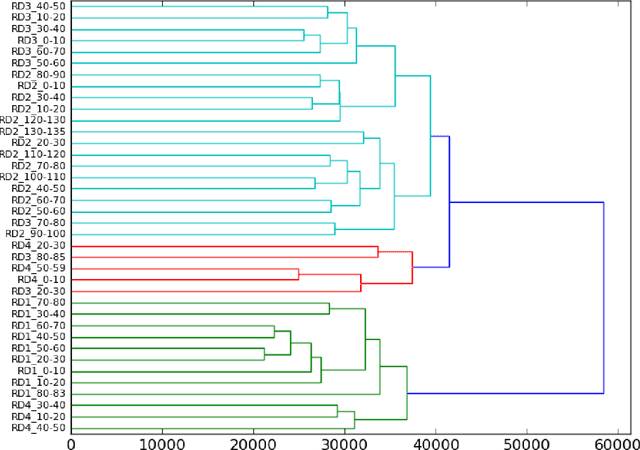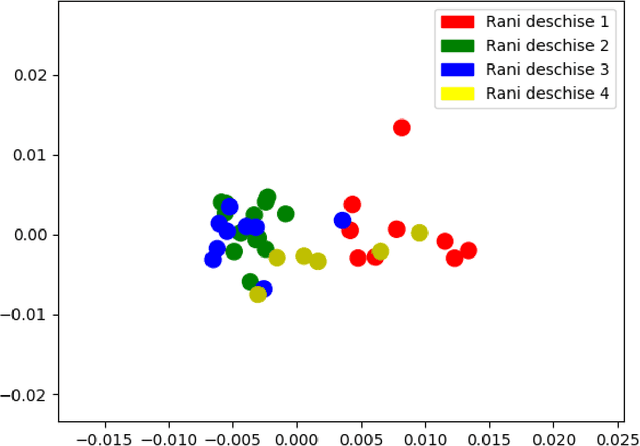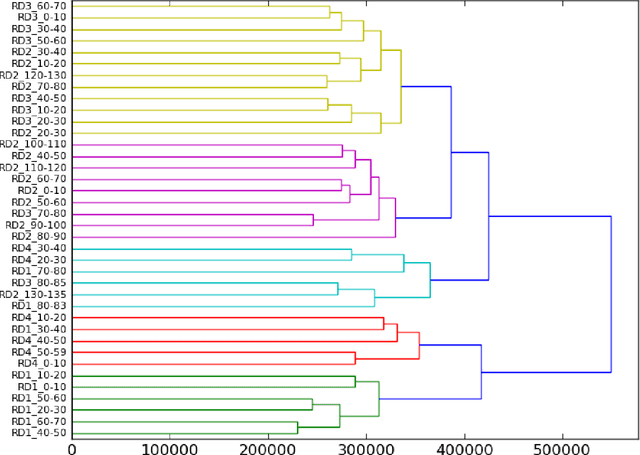Ana-Sabina Uban
Detecting early signs of depression in the conversational domain: The role of transfer learning in low-resource scenarios
Apr 22, 2022



Abstract:The high prevalence of depression in society has given rise to the need for new digital tools to assist in its early detection. To this end, existing research has mainly focused on detecting depression in the domain of social media, where there is a sufficient amount of data. However, with the rise of conversational agents like Siri or Alexa, the conversational domain is becoming more critical. Unfortunately, there is a lack of data in the conversational domain. We perform a study focusing on domain adaptation from social media to the conversational domain. Our approach mainly exploits the linguistic information preserved in the vector representation of text. We describe transfer learning techniques to classify users who suffer from early signs of depression with high recall. We achieve state-of-the-art results on a commonly used conversational dataset, and we highlight how the method can easily be used in conversational agents. We publicly release all source code.
Analyzing Stylistic Variation across Different Political Regimes
Dec 02, 2020



Abstract:In this article we propose a stylistic analysis of texts written across two different periods, which differ not only temporally, but politically and culturally: communism and democracy in Romania. We aim to analyze the stylistic variation between texts written during these two periods, and determine at what levels the variation is more apparent (if any): at the stylistic level, at the topic level etc. We take a look at the stylistic profile of these texts comparatively, by performing clustering and classification experiments on the texts, using traditional authorship attribution methods and features. To confirm the stylistic variation is indeed an effect of the change in political and cultural environment, and not merely reflective of a natural change in the author's style with time, we look at various stylistic metrics over time and show that the change in style between the two periods is statistically significant. We also perform an analysis of the variation in topic between the two epochs, to compare with the variation at the style level. These analyses show that texts from the two periods can indeed be distinguished, both from the point of view of style and from that of semantic content (topic).
A Computational Approach to Measuring the Semantic Divergence of Cognates
Dec 02, 2020



Abstract:Meaning is the foundation stone of intercultural communication. Languages are continuously changing, and words shift their meanings for various reasons. Semantic divergence in related languages is a key concern of historical linguistics. In this paper we investigate semantic divergence across languages by measuring the semantic similarity of cognate sets in multiple languages. The method that we propose is based on cross-lingual word embeddings. In this paper we implement and evaluate our method on English and five Romance languages, but it can be extended easily to any language pair, requiring only large monolingual corpora for the involved languages and a small bilingual dictionary for the pair. This language-agnostic method facilitates a quantitative analysis of cognates divergence -- by computing degrees of semantic similarity between cognate pairs -- and provides insights for identifying false friends. As a second contribution, we formulate a straightforward method for detecting false friends, and introduce the notion of "soft false friend" and "hard false friend", as well as a measure of the degree of "falseness" of a false friends pair. Additionally, we propose an algorithm that can output suggestions for correcting false friends, which could result in a very helpful tool for language learning or translation.
 Add to Chrome
Add to Chrome Add to Firefox
Add to Firefox Add to Edge
Add to Edge